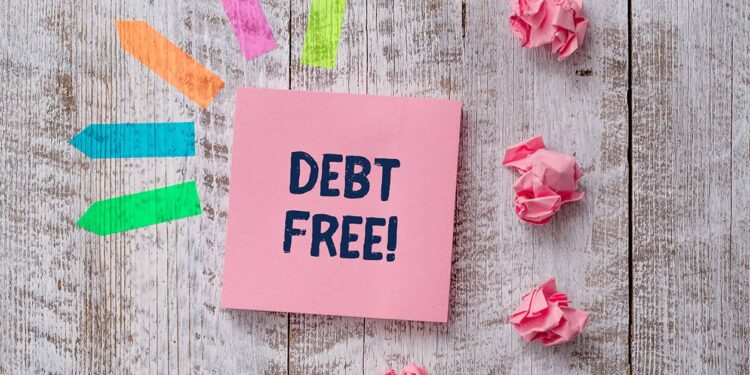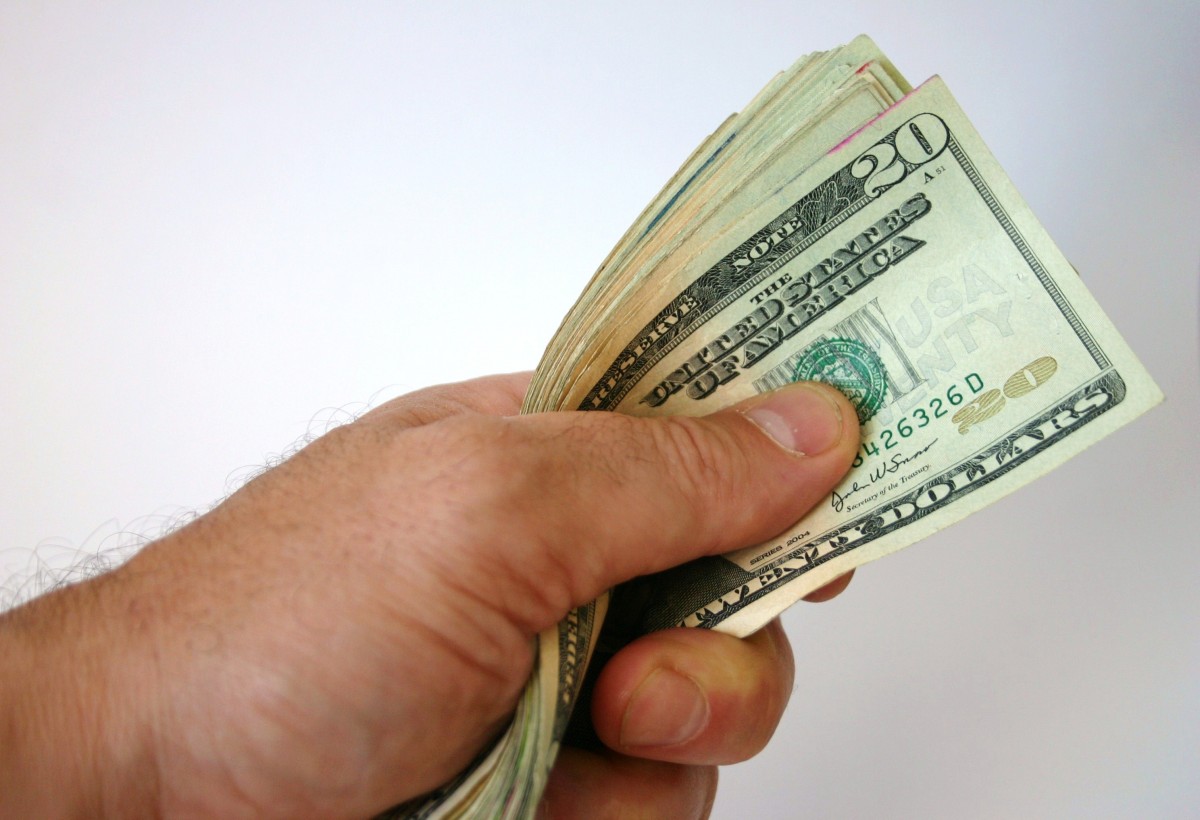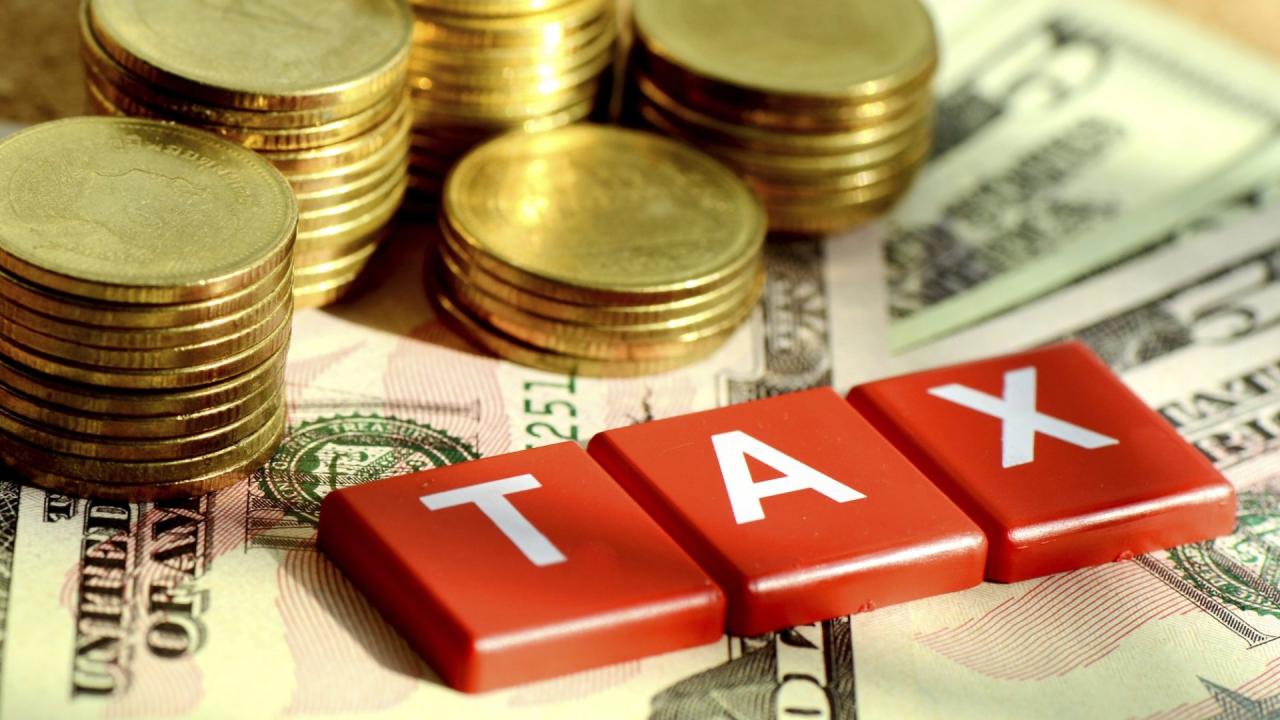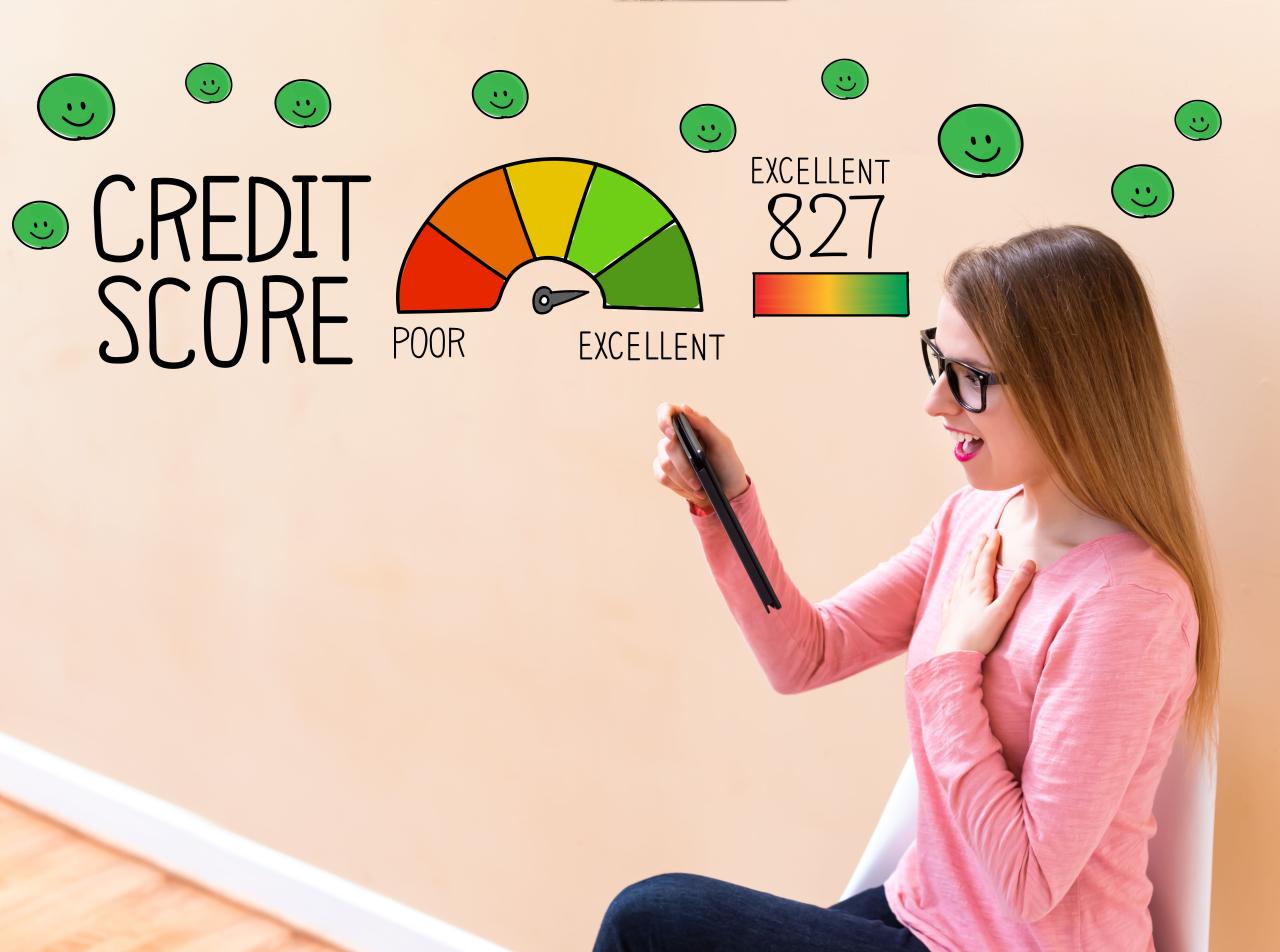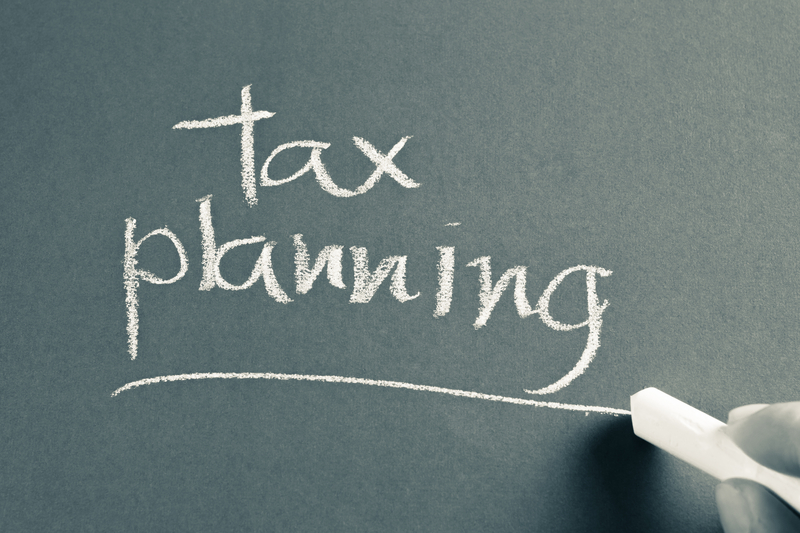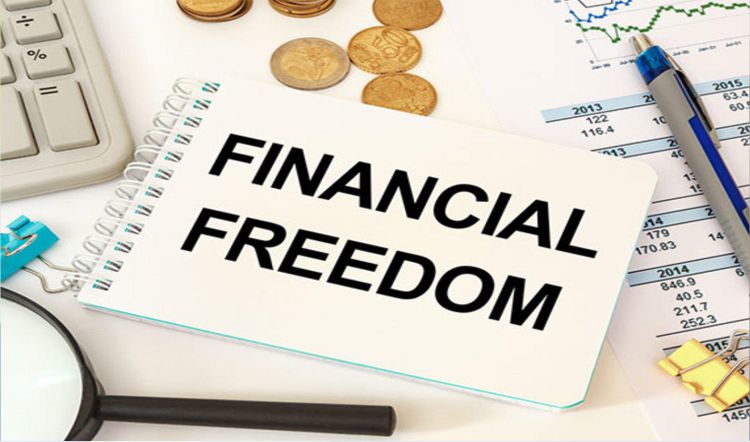The Landscape of Debt
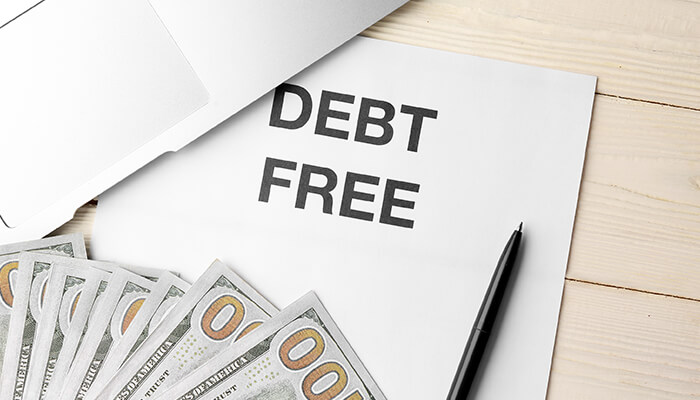
Before embarking on your journey to financial liberation, it’s crucial to understand the different types of debt and their implications. Not all debt is created equal, and some can be more detrimental to your financial health than others.
A. Good Debt vs. Bad Debt
While the ultimate goal is often to eliminate all debt, it’s helpful to distinguish between “good” and “bad” debt.
A. Good Debt: This type of debt is typically an investment that has the potential to increase your net worth or generate future income.
A. Mortgage: Debt taken to purchase a home, which often appreciates in value over time and builds equity.
B. Student Loans: Debt incurred for education, which can lead to higher earning potential and career advancement. While it’s still a liability, the return on investment can be significant.
C. Business Loans: Debt used to fund a business that generates revenue and profit.
B. Bad Debt: This debt typically involves high interest rates and is used to purchase depreciating assets or fund consumption, offering no long-term financial benefit.
A. Credit Card Debt: Often carries extremely high-interest rates (e.g., 15-25% or more annually), making it very difficult to pay off if balances are carried over. It’s a primary target for elimination.
B. Payday Loans: Short-term, high-interest loans designed to be repaid on the borrower’s next payday. They trap many in a cycle of debt due to exorbitant fees and interest.
C. Personal Loans (High Interest): While they can consolidate debt, personal loans with high-interest rates can still be a significant burden.
D. Car Loans (Excessive): While a car can be a necessity, buying an overly expensive vehicle that depreciates rapidly can be a form of bad debt, especially with long loan terms.
Understanding this distinction helps prioritize which debts to tackle first, focusing on the ones that drain your finances most aggressively.
B. The Impact of Debt
Debt, especially high-interest debt, has several detrimental effects on your financial and personal well-being.
A. Interest Payments: A significant portion of your monthly payments goes towards interest, not the principal. This means you’re spending money that could otherwise be saved or invested.
B. Reduced Cash Flow: Debt payments tie up a large part of your income, leaving less for essential living expenses, savings, and discretionary spending.
C. Stress and Mental Burden: Financial debt is a leading cause of stress, anxiety, and even physical health problems. The constant worry about making payments can be overwhelming.
D. Limited Opportunities: Debt can prevent you from achieving financial goals like buying a home, starting a business, or retiring early. It can also limit your ability to take calculated risks or pursue passion projects.
E. Lower Credit Score (if mismanaged): While debt itself isn’t bad for your credit score, poor debt management (missed payments, high credit utilization) can severely damage your credit, making it harder to get loans, rent apartments, or even secure certain jobs in the future.
Assess Your Current Debt Situation
The first crucial step on your journey to becoming debt-free is to gain a clear, honest picture of all your outstanding debts. You can’t conquer what you don’t fully understand.
A. List All Debts
Create a comprehensive list of every debt you owe. Be meticulous.
A. Creditor Name: Who do you owe money to? (e.g., Bank ABC, Student Loan Servicer, Credit Card Company XYZ).
B. Original Balance: How much did you originally borrow?
C. Current Balance: What is the exact amount you currently owe?
D. Interest Rate (APR): This is perhaps the most critical piece of information. Identify the annual percentage rate for each debt. This will guide your prioritization.
E. Minimum Payment: What is the smallest amount you must pay each month?
F. Due Date: When is each payment due?
G. Terms: Understand the loan terms, such as variable vs. fixed interest rates, loan duration, and any penalties for late payments.
You can use a spreadsheet, a dedicated debt-tracking app, or even pen and paper for this exercise. The goal is to see everything laid out clearly.
B. Calculate Your Total Debt
Sum up all the current balances to get a grand total of your outstanding debt. This number, while potentially daunting, provides a concrete target for your efforts.
C. Analyze Your Budget
A detailed budget is indispensable for debt repayment.
A. Identify Disposable Income: Determine how much money you have left after covering all your essential expenses (needs) and minimum debt payments. This “extra” money is what you can aggressively direct towards debt repayment.
B. Find Areas to Cut: Scrutinize your budget for non-essential spending (wants) that can be reduced or eliminated to free up more cash for debt. Every dollar you cut from discretionary spending can be a dollar that pays down debt faster.
Choose Your Debt Repayment Strategy
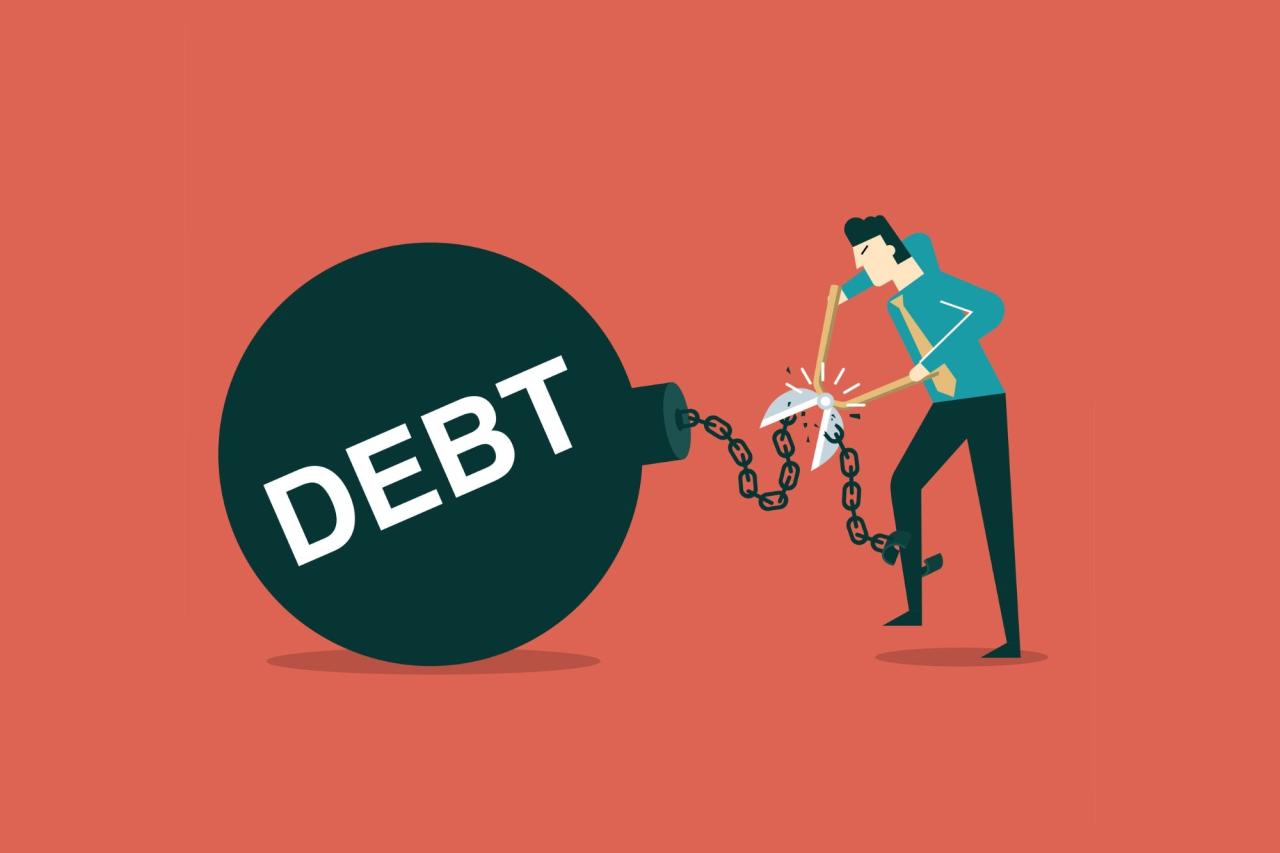
There are two primary, widely recognized strategies for debt repayment, each with its own psychological and financial benefits. Choose the one that best motivates you.
A. The Debt Snowball Method
This method focuses on psychological wins to keep you motivated.
A. How it Works:
A. List all your debts from the smallest balance to the largest, regardless of interest rate.
B. Make minimum payments on all debts except the smallest one.
C. Throw every extra dollar you have at the smallest debt until it’s paid off.
D. Once the smallest debt is gone, take the money you were paying on that debt (its minimum payment plus the extra you were adding) and apply it to the next smallest debt.
E. Continue this “snowballing” effect until all debts are eliminated.
B. Benefits: Provides rapid psychological wins as you quickly pay off smaller debts, building momentum and motivation to continue. This can be highly effective for individuals who need encouragement to stay on track.
C. Drawbacks: You might pay more interest over the long run compared to the debt avalanche method, as you’re not prioritizing higher-interest debts first.
B. The Debt Avalanche Method
This method is mathematically optimal, saving you the most money in interest.
A. How it Works:
A. List all your debts from the highest interest rate to the lowest interest rate, regardless of balance size.
B. Make minimum payments on all debts except the one with the highest interest rate.
C. Throw every extra dollar you have at the highest-interest debt until it’s paid off.
D. Once the highest-interest debt is gone, take the money you were paying on that debt and apply it to the next highest-interest debt.
E. Continue this “avalanching” effect until all debts are eliminated.
B. Benefits: Saves you the most money in interest payments over the long term, making your debt repayment journey more efficient financially.
C. Drawbacks: May take longer to pay off the first debt if it has a high balance, which can be demotivating for some individuals who need quicker wins.
Which method should you choose? If you are highly motivated by seeing numbers decrease and don’t mind paying a little extra interest, the debt snowball might be for you. If you are focused purely on the math and saving the most money, the debt avalanche is the superior choice. The “best” method is ultimately the one you will stick with consistently.
Implement Aggressive Repayment Strategies
Once you have your strategy, it’s time to put it into action with aggressive tactics.
A. Create a Debt Repayment Plan
Based on your chosen method, map out a clear plan.
A. Set a Target Date: For each debt, aim for a specific payoff date. This creates a clear finish line.
B. Calculate Extra Payments: Determine exactly how much extra you can pay each month beyond the minimum, and commit to sending that amount.
C. Visualize Progress: Use a debt payoff calculator, a spreadsheet, or even a physical chart to track your progress. Seeing the balance decrease is incredibly motivating.
B. Increase Your Income (Temporarily or Permanently)
More income means more money to throw at your debt.
A. Side Hustles: Explore opportunities for extra income, such as freelancing, ride-sharing, food delivery, selling unused items online, or taking on part-time work. Even a few extra hours a week can make a significant difference.
B. Overtime: If your current job offers overtime, seize the opportunity to earn more.
C. Sell Unused Items: Declutter your home and sell items you no longer need or use. Clothes, electronics, furniture, and collectibles can all be converted into cash for debt repayment.
D. Negotiate a Raise: If you’re due for a raise or promotion at work, make your case. Increased income can accelerate your debt repayment dramatically.
C. Drastically Cut Expenses
Every dollar saved is a dollar that can go towards debt. This often requires temporary sacrifices.
A. Temporary Frugality: Embrace an extremely frugal lifestyle for a period. This might mean no dining out, no new clothes, no expensive entertainment, and strict grocery budgeting. This isn’t permanent, but a focused burst of frugality can dramatically accelerate debt payoff.
B. “No-Spend” Challenges: Challenge yourself to “no-spend” days, weeks, or even months, where you only spend money on absolute necessities.
C. Review All Subscriptions: As previously mentioned, cancel any unused or underutilized subscriptions.
D. Reduce Utility Bills: Be mindful of energy consumption (electricity, water). Unplug electronics, turn off lights, and consider energy-efficient appliances.
E. Meal Prep at Home: This is one of the most effective ways to save on food costs.
D. Consolidate Debt (With Caution)
Debt consolidation can simplify your payments and potentially lower your interest rate, but it’s not a magic bullet.
A. Balance Transfer Credit Cards: If you have excellent credit, you might qualify for a balance transfer card with a 0% introductory APR for a promotional period (e.g., 12-18 months). This allows you to pay down principal without accruing interest during that time. Caution: You must pay off the balance before the promotional period ends, or high interest rates will kick in. Be aware of balance transfer fees.
B. Personal Loans: A personal loan with a lower, fixed interest rate can consolidate multiple high-interest debts into one simpler payment. Caution: Ensure the new interest rate is genuinely lower than your current average, and avoid taking on new debt.
C. Home Equity Loans/Lines of Credit (HELOCs): If you own a home, you might use your home equity to consolidate debt at a lower interest rate. Caution: Your home becomes collateral, putting it at risk if you default. This should be a last resort and used with extreme caution.
Important Note on Consolidation: Debt consolidation is only effective if you address the underlying spending habits that led to the debt in the first place. If you consolidate and then continue to accumulate new debt, you’ll end up in a worse position.
Stay Motivated and Disciplined
The journey to becoming debt-free can be long and challenging. Sustaining motivation is critical.
A. Celebrate Milestones
Acknowledge your progress, no matter how small.
A. Small Rewards: When you pay off a debt or reach a significant milestone (e.g., paid off $5,000), treat yourself to a small, non-financial reward (e.g., a movie night at home, a walk in the park, a favorite meal cooked at home).
B. Visualize Success: Keep a visible tracker of your debt payoff progress (a thermometer chart, a debt payoff calendar). Seeing the numbers drop provides powerful motivation.
B. Find an Accountability Partner
Share your goals with a trusted friend, family member, or join an online community dedicated to debt freedom.
A. Support System: An accountability partner can offer encouragement, share tips, and hold you responsible for your progress.
B. Share Your Journey: Talking about your debt journey can reduce feelings of isolation and provide an outlet for stress.
C. Educate Yourself Continuously
The more you learn about personal finance, the better equipped you’ll be to make smart decisions.
A. Read Books and Blogs: Explore resources on budgeting, debt management, and wealth building.
B. Listen to Podcasts: Many financial podcasts offer practical advice and inspiring stories.
C. Attend Workshops/Webinars: Look for free educational opportunities that can enhance your financial literacy.
D. Avoid New Debt
This seems obvious, but it’s a constant battle.
A. Cut Up Credit Cards (Temporarily): If credit card debt is your primary issue, consider cutting up your physical cards (but keep the accounts open for credit history) to remove the temptation to spend.
B. Emergency Fund First: Prioritize building an emergency fund so you don’t have to rely on credit cards or loans when unexpected expenses arise.
C. Delayed Gratification: Practice waiting for purchases and saving up for them rather than buying on credit.
Post-Debt Freedom
Achieving debt freedom is a monumental accomplishment, but it’s not the end of the financial journey. It’s the beginning of a new phase focused on wealth accumulation.
A. Build a Robust Emergency Fund
Once consumer debt is gone, solidify your emergency fund. Aim for at least six months, or even a year, of essential living expenses in a high-yield savings account. This provides an unparalleled sense of security.
B. Increase Your Savings Rate
With no more debt payments, you now have a significant amount of “found money” each month. Re-direct those former debt payments directly into savings and investments.
A. Retirement Accounts: Maximize contributions to tax-advantaged retirement accounts like 401(k)s and IRAs. The power of compound interest will work wonders over decades.
B. Investment Accounts: Open and fund a diversified brokerage account for long-term wealth growth, focusing on low-cost index funds or ETFs.
C. Specific Goals: Allocate savings towards future goals like a down payment on a home, a child’s education, or a dream vacation.
C. Invest in Yourself
Your greatest asset is often your earning potential.
A. Skills Development: Invest in courses, certifications, or advanced degrees that can increase your income.
B. Networking: Build professional connections that can open doors to new opportunities.
C. Health and Well-being: A healthy body and mind are crucial for long-term productivity and financial success.
D. Create a Legacy
As you build wealth, consider what kind of legacy you want to leave.
A. Estate Planning: Work with professionals to create a will, trusts, and other estate planning documents to ensure your assets are distributed according to your wishes.
B. Philanthropy: Consider how you might use your wealth to support causes you care about or contribute to your community.
E. Automate Everything
The automation principles you used for debt repayment apply to wealth building. Automate contributions to your savings and investment accounts to ensure consistency and prevent you from accidentally spending money that should be growing.
Conclusion
The journey to becoming debt-free is a challenging yet profoundly rewarding endeavor. It demands discipline, sacrifice, and a long-term perspective. However, the benefits extend far beyond just numbers on a balance sheet; they encompass greater peace of mind, enhanced financial security, and the freedom to pursue your life’s true passions without the heavy burden of financial obligations. By meticulously assessing your debt, choosing a strategic repayment method, implementing aggressive repayment tactics, staying motivated through setbacks, and committing to building wealth post-debt, you can transform your financial life. Embrace this journey, because the destination – a life free from the shackles of debt – is truly priceless. Start today, take that first step, and build the foundation for a truly prosperous future.

